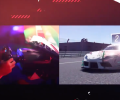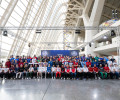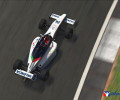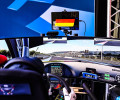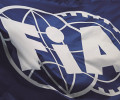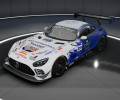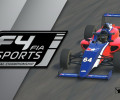Data the key to Paul Ricard success, both on track and in Assetto Corsa Competizione
Precision data measurement of every aspect of the track surface, weather details, and car performance is the secret to success at Circuit Paul Ricard – both on track and in Assetto Corsa Competizione for the FIA Motorsport Games.
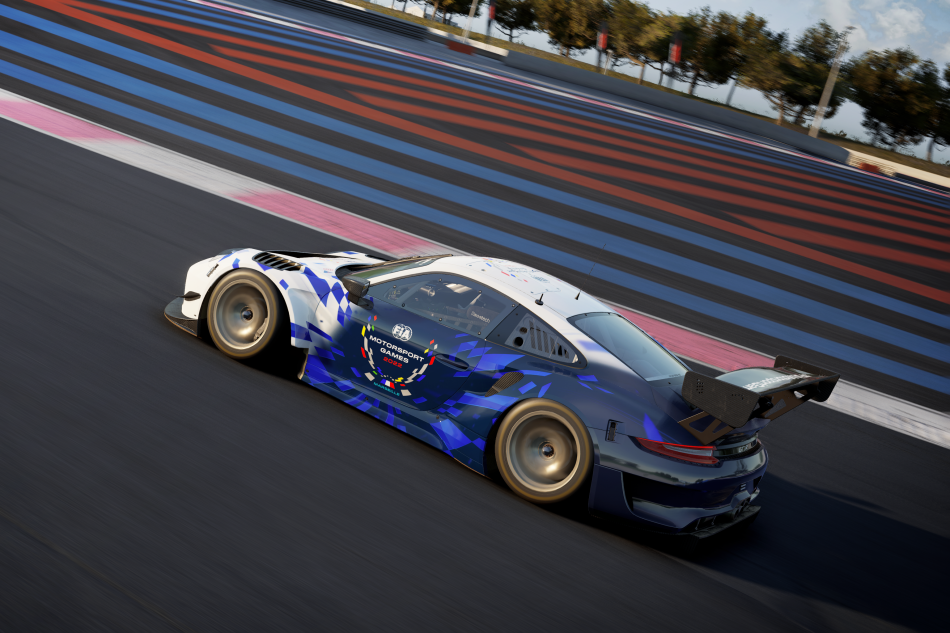
The Fanatec Esports Cup is one of 16 different disciplines being contested at the second edition of the FIA Motorsport Games staged in Marseille, France, next month from October 26-30.
The Esports competition will be contested on a custom-branded virtual version of the Circuit Paul Ricard track – one of many circuits around the world that have been laser scanned down to the millimetre by Assetto Corsa Competizione developers, Kunos Simulazioni.
The Rome, Italy-based company began in 2005 and has become a world leader in racing software and games.
While the aim for both virtual and real-world competitors at the FIA Motorsport Games will be to go as fast as possible, the creation of the virtual version begins with a slow lap.
“We begin with a very slow lap of a track with a van equipped with laser scanners. Those lasers reflect every single surface of the track and its surroundings down to the last millimetre,” said Aristotelis Vasilakos, Kunos Simulazioni Head of Vehicle and Handling R&D.
“We actually end up with more data than we want to use in Assetto Corsa Competizione. In some corners and over kerbs, the software is far more precise down to the millimetre. But in other parts of the track, we condense that down to centimetres as we need to keep data weight as low as possible, keeping the best quality but making sure the frame rate is as high as needed..
“What we end up with is a very precise recreation of the track. Drivers who have raced on the actual circuit tell us that every tiny bump is recreated precisely in Assetto Corsa Competizione.”
The laser scanning of the circuit is just one part of the development process. The Kunos Simulazioni team takes hundreds of photographs of the circuit and its surroundings to recreate the track accurately.
“We use photographs and experience from our visits to the tracks to try to recreate textures of every part of the track – the racing surface, the kerbs, the fences, the run-off areas, and even the buildings,” Vasilakos said.
“We also talk to professional drivers about key reference points they use around the circuit. At somewhere like Laguna Seca in the US, drivers use a tree as a reference point to turn right when they crest the hill at the Corkscrew - we make sure that details like this are recreated in Assetto Corsa Competizione.
“For Paul Ricard, we even replicate the unique blue and red run-off areas of the track. The blue stripes in the run-off offer more grip than the track surface, and then the red areas have even more grip. Those are replicated in Assetto Corsa Competizione. If you run off the track and hit those areas, you can actually see the tyre sidewall flexing differently as it goes over those sections.”
But it is not just the track surface that is expertly modeled. Kunos Simulazioni also precisely models the Pirelli tyres that are used in Fanatec GT World Challenge competition around the world.
“Pirelli makes a single compound of tyre for Fanatec GT World Challenge competition and modeling that in Assetto Corsa Competizione is an extremely complex process,” Vasilakos said.
“You have to recreate how that tyre reacts to all the different track surfaces around the world, all the different suspension geometry, weight distribution, damper settings, tyre pressures, weather conditions, downforce levels – there are so many variables. And then you have to do that across every different GT manufacturer.
“We have to recreate how that tyre warms up on each individual car and how much grip that tyre provides plus what kind of degradation the driver will feel over the course of a stint.
“The tyres will also react differently under different simulated G-loads. For example, you’ll witness increased wear and a peak in tyre pressure and temperature as the car goes through a fast corner like Signes at the end of the back straight.”
So if you thought modeling the tracks and recreating the tyres was difficult, Kunos Simulazioni also has virtually recreated more than 15 GT cars that are eligible to compete in Fanatec GT World Challenge events as the GT Sprint and GT disciplines that will be contested at the FIA Motorsport Games.
“Each car has a completely different set of parameters. The manufacturers provide us with a lot of information that we use as a base to recreate every GT car,” Vasilakos said.
“There are so many variables in suspension set-up, brake settings, gearbox settings, engine settings, ABS, traction control - each car has its own unique set of tweaks that can be made.
“Assetto Corsa Competizione is more than just a game; it is a simulation. Even aspects like downforce levels are ‘dynamic’ - just like on a real car. Under acceleration, the weight transfers to the rear, and so does the ‘centre of pressure’ - the downforce levels on the car.
“The opposite happens under braking. The downforce shifts forward. The dynamics of the car are always changing. The number of variables are endless - downforce levels change when you are following another car, and even with ‘virtual’ damage - the only thing we can’t replicate for the driver in Assetto Corsa Competizione is the actual G-forces and heat they’d feel inside the car while driving at Paul Ricard.”
For the Fanatec Esports Cup at the FIA Motorsport Games, all competitors will be on-site at Circuit Paul Ricard where they will race on an updated virtual version of the circuit. As for the real circuits, tracks in Assetto Corsa Competizione can be dressed for the event with the desired graphics, and so will be for FIA Motorsport Games and the Fanatec Esports Cup .
“Having all the competitors on-site actually makes things quite easy. Assetto Corsa Competizione is built to allow people to race against each other all over the world. That is another level of complexity that we’re always looking to improve,” Vasilakos said.
“We’re very proud that our software is actually used on full-sized simulators by major race teams all around the world. It’s as close to the real thing as you can get.
“We’re thrilled that Assetto Corsa Competizione is being used for the Fanatec Esports Cup. The event does a brilliant job in expanding opportunities for racers all around the world, and we can’t wait to see what should be an extremely fierce competition next month.”
The Fanatec Esports competition kicks off on Thursday, October 27 with practice and qualifying. Action intensifies on Friday, October 28 at the quarter final and last-chance qualifier stage before the semi-finals and all-important Final to decide the FIA Motorsport Games champion at 17:35 CET on Saturday, October 29. All times remain provisional.


 Facebook
Facebook Twitter
Twitter